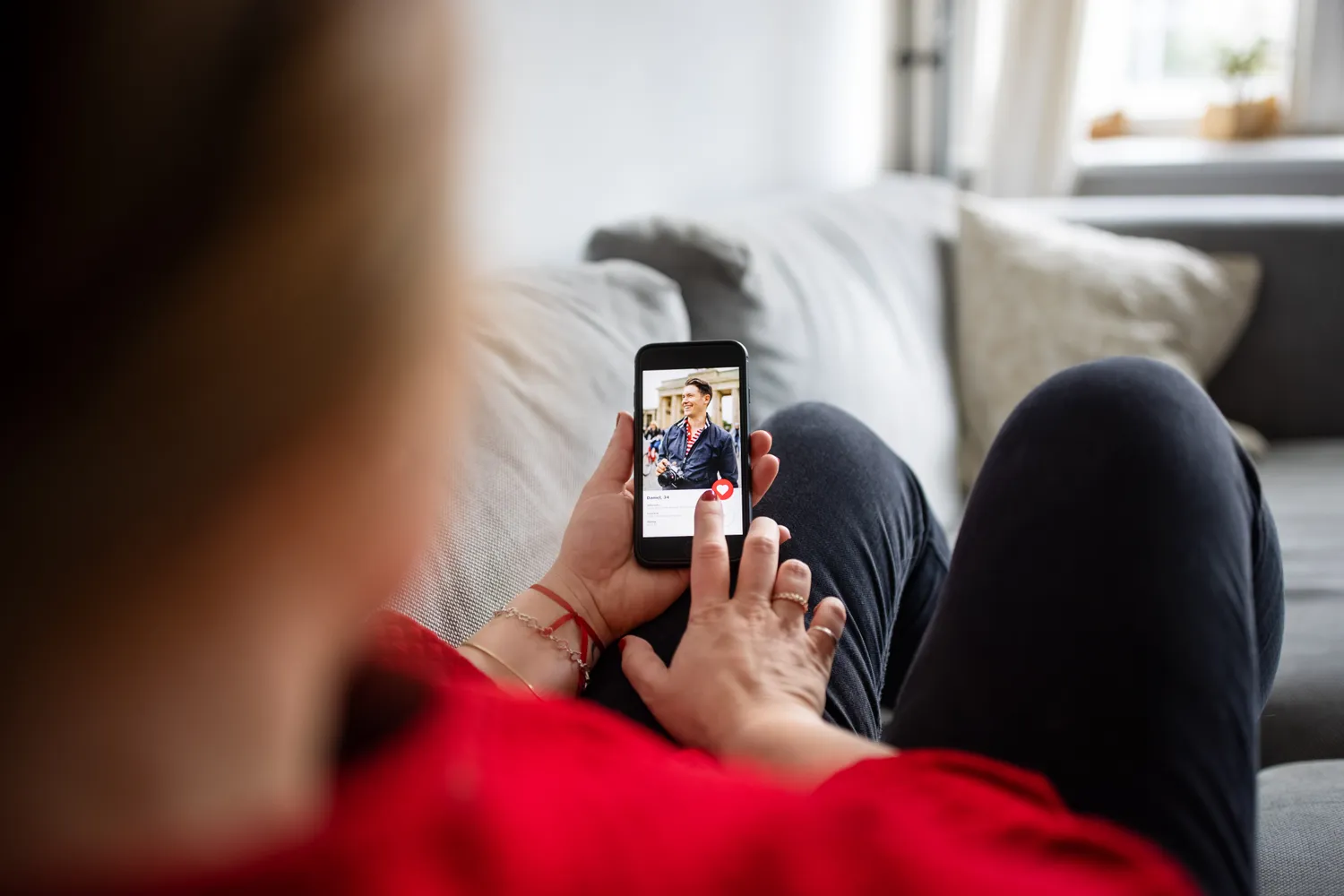The Complete Guide to How Culture Evolves (Beyond Darwin)
Culture clearly changes, improves, and spreads—but it does not evolve in the same way species do through natural selection. Instead of being copied blindly like genes, cultural ideas are remembered, edited, and redesigned in real time. Understanding this difference is a powerful unlock for better habits, smarter innovation, and more intentional living.
This guide breaks down, in practical terms, how culture really evolves—and how you can use those insights to design your own environment, routines, and communities more effectively.
Table of Contents
- Why This Matters for Your Life and Habits
- What Most People Get Wrong About Culture and Evolution
- How Cultural Change Actually Works (Step-by-Step)
- How to Apply Cultural Evolution Principles to Your Habits
- Troubleshooting: Why Good Ideas Don’t Always Spread
- Advanced Techniques for Shaping Culture in 2025
- Key Takeaways
- FAQ: People Also Ask
Why This Matters for Your Life and Habits
If culture evolved purely through natural selection, your beliefs, tools, and rituals would mostly be the result of blind copying and competition. That’s not how your real life works.
You observe, reinterpret, combine, and improve ideas. This means you can actively engineer your personal culture—your routines, information diet, and social circle—instead of being shaped by it unconsciously.
Key insight: Culture is editable in every generation. That makes it faster, more flexible, and more in your control than genetic evolution.
What You'll Learn
By the end of this guide, you’ll be able to:
- Explain in plain language why culture does not evolve strictly through natural selection.
- Recognize how ideas, habits, and tools actually spread and improve.
- Use cultural evolution principles to design better routines and environments.
- Avoid common myths that lead to lazy thinking about “whatever survives is best.”
Prerequisites / What You Need
You don’t need a biology degree. You only need:
- Basic familiarity with evolution (variation, selection, inheritance).
- Curiosity about how trends, norms, and habits catch on.
- A willingness to question the idea that “survival = superiority.”
What Most People Get Wrong About Culture and Evolution
1. “Is culture shaped through natural selection just like genes?”
Short answer (featured snippet style):
Culture changes over time, but it does not evolve purely through natural selection because cultural traits are not blindly copied, are heavily transformed when transmitted, and can spread within a single generation. Instead, culture evolves through intentional learning, communication, creativity, and shared problem-solving.
Most popular takes assume:
- Ideas = genes.
- Memes = cultural DNA.
- Whatever spreads the most is “fittest” and therefore “best.”
This analogy is tempting—and incomplete.
Biological evolution through natural selection depends on three strict conditions:
- Random variation.
- High-fidelity copying of inherited traits.
- Limited or no inheritance of acquired traits.
Culture breaks these rules constantly.
2. The Problem Darwin Solved (That Culture Doesn’t Have)
Darwin’s breakthrough addressed a specific puzzle: how species accumulate complex adaptations even though traits acquired during life (like scars or skills) are not passed on genetically.
He showed that:
- Genetic variations are random.
- Some variations boost survival or reproduction.
- Those variations are more likely to be inherited.
This algorithm—cumulative adaptive change through differential reproduction of heritable traits—is what we mean by evolution through natural selection.
Culture is different:
- If someone invents a handle for a mug, everyone can copy it this week.
- If a community improves a workflow, it can spread instantly via messages, video, or AI.
Acquired cultural changes are not wiped clean each generation. They snowball.
That means the original problem that required natural selection in biology simply does not apply in the same way to culture.
How Cultural Change Actually Works (Step-by-Step)
In 2025, with global networks and AI accelerating idea flow, understanding the real mechanics of cultural change is essential.
Step 1: Recognize Culture as Shared, Editable Know-How
Culture includes:
- Tools and technologies (e.g., note-taking apps, standing desks).
- Practices and habits (e.g., deep work blocks, morning routines).
- Stories, beliefs, and norms (e.g., remote work culture, wellness norms).
Unlike genes, these elements are:
- Acquired through learning.
- Modified consciously or unconsciously.
- Shared horizontally (peer-to-peer) and rapidly.
Step 2: Understand Why Natural Selection Alone Doesn’t Fit
For natural selection to strictly apply, you’d need something like a self-replicating automaton: a coded blueprint that is copied with high fidelity (Von Neumann, 1966).
Genes work like this; cultural items don’t.
- A podcast doesn’t replicate itself; people choose to record, edit, remix, or ignore it.
- A productivity system (like time-blocking) mutates each time someone adapts it.
Stanford researchers and others have emphasized that cultural transmission is “biased, strategic, and reconstructive,” not blind copying. This algorithmic gap is why culture doesn’t evolve purely through natural selection.
Step 3: See Culture as Networked Innovation, Not Gene-Style Replication
Culture spreads more like:
- Open-source software.
- Remix culture on social platforms.
- Collaborative science.
People:
- Select ideas that fit their goals.
- Blend them with existing knowledge.
- Upgrade them as conditions change.
In simulations and real-world studies (e.g., Gabora, 1995; Harvard, 2024), we see:
- Cumulative improvement.
- Drift and fashion cycles.
- Dependencies between elements (the effectiveness of one idea depends on others).
But the engine is creative recombination, not just survival of the fittest copy.
Step 4: One System of Inheritance, Two Systems of Transmission
A crucial distinction:
- Genes: inherited, whether or not used.
- Culture: transmitted only when expressed, taught, or observed.
If your parents never show you their language, you don’t magically inherit it.
If your mentor never explains their decision system, you don’t “get” it by default.
We have:
- One true inheritance system (genetic).
- Multiple powerful transmission channels (books, video, chat, AI, communities).
This makes culture:
- Faster to change.
- More context-sensitive.
- Easier to shape intentionally.
How to Apply Cultural Evolution Principles to Your Habits
Now, the practical part: how do you use this to upgrade your daily life and environment?
Step 1: Curate Your Micro-Culture Intentionally
Your routines live inside a cultural ecosystem: your home, feeds, workspace, relationships.
To harness cultural evolution:
- Audit your inputs: unfollow accounts glamorizing chaos or burnout.
- Join spaces that normalize focused work, sleep, and health.
- Adopt tools and scripts used by people living the way you want.
Pro tip: Treat your information diet like nutrition—high signal, low junk, tailored to your goals.
Step 2: Copy, Then Customize (Because Culture is Editable)
Since cultural traits are acquired, you’re free to modify them.
Try this:
- Start with a proven routine (e.g., time-blocking, weekly review).
- Run it for 7–14 days exactly as designed.
- Then adjust 1–2 variables to fit your energy, context, and constraints.
You’re not a “bad fit” if a system doesn’t work perfectly; you’re a cultural editor.
Step 3: Build Feedback Loops, Not Fixed Identities
Natural selection in biology is slow and blind. Cultural evolution in your life can be:
- Fast.
- Measured.
- Reversible.
Set up simple feedback:
- Track 1–3 metrics (sleep, deep work hours, distraction time).
- Review weekly: what made your day easier, calmer, or more productive?
- Keep, tweak, or discard practices accordingly.
This is cultural refinement, not genetic fate.
Step 4: Use Social Transmission Strategically
Because culture spreads horizontally:
- Share your workflows with friends or teammates.
- Ask, “What’s one habit, template, or script that changed how you work?”
- Create a shared knowledge hub (e.g., team playbook, family routines doc).
You’re designing a small-scale cultural ecosystem where good ideas don’t die with one person’s schedule.
Troubleshooting: Why Good Ideas Don’t Always Spread
Even though culture isn’t locked into evolution through natural selection, it still faces constraints.
Problem 1: The Catchy vs. The Useful
Some ideas spread because they’re emotionally sticky, not because they’re effective.
Examples:
- “Grind 24/7” culture outcompeting nuanced, healthy productivity.
- Viral hacks that feel fun but add complexity instead of clarity.
Fix it:
- Ask: “Is this idea helping my long-term goals or just my short-term excitement?”
- Favor ideas tested over weeks, not trending for 24 hours.
Problem 2: Copying Without Context
A habit that works for a founder with a full team may fail for a student or parent.
Fix it:
- Always add: “For someone in my situation, what’s the smallest version of this that works?”
- Localize: adjust timing, tools, and intensity to your real constraints.
Problem 3: Fragile Systems with No Redundancy
If your entire routine depends on one app, one person, or one perfect morning, it’s culturally fragile.
Fix it:
- Have analog backups (simple lists, written rules).
- Document core workflows so others—and future you—can rebuild.
Advanced Techniques for Shaping Culture in 2025
Ready to go beyond your own habits and influence teams or communities?
1. Design Default Behaviors
People follow defaults. Make the desired behavior the easiest option.
- Auto-scheduled focus blocks in shared calendars.
- Meeting-free mornings as a team norm.
- Healthy snacks visible; distractions hidden.
This nudges cultural evolution toward depth, not noise.
2. Create Visible Success Stories
Because cultural traits are transmitted when expressed, make effective behaviors visible.
- Share before/after snapshots of your workflow.
- Celebrate consistency, not just big wins.
- Show how small changes compound.
3. Encourage Remixing, Not Blind Adoption
The strongest cultures invite adaptation.
Offer frameworks instead of rigid rules:
- “Here’s our 3-step decision filter; adapt it to your role.”
- “Here’s the weekly review template; personalize the prompts.”
This keeps your culture resilient as environments change.
4. Use Evidence-Informed Practices
Recent interdisciplinary work (Gabora, 2011, 2013; Henrich & McElreath, 2007; Harvard, 2024) highlights that:
- High-fidelity copying is rare; interpretation dominates.
- Social learning biases (who we trust, what we admire) shape which ideas spread.
Leverage this ethically:
- Put credible role models behind good practices.
- Reduce friction to trying better defaults.
Key Takeaways
- Culture evolves, but not strictly through natural selection as in genetics.
- Cultural traits are acquired, edited, and shared within and across generations.
- There is one genetic inheritance system, but many cultural transmission channels.
- You can consciously design your micro-culture to support your goals.
- Strong cultures in 2025 are collaborative, adaptive, and transparent—not rigid or purely competitive.
FAQ: People Also Ask
How is cultural evolution different from evolution through natural selection?
Cultural evolution is driven by learning, communication, creativity, and social influence, where acquired changes are preserved and rapidly shared. Biological evolution through natural selection relies on random genetic variation, differential reproduction, and limited inheritance of acquired traits.
Does culture ever use a natural selection-like process?
Yes, in a loose sense. Ineffective practices disappear and effective ones spread, which looks selective. But because people interpret, remix, and intentionally choose ideas, the process is not the blind, gene-like algorithm of strict natural selection.
What is an example of cultural evolution in everyday life?
Examples include:
- The shift from inbox-only work to async tools like shared docs and project boards.
- The normalization of mental health days in workplaces.
- The rapid spread of hybrid fitness routines combining strength, mobility, and breathwork.
Each emerged from experimentation, sharing, and refinement, not genetic change.
Why is understanding this important for productivity and habits?
When you see habits as cultural and editable—not fixed traits—you stop blaming “willpower genes” and start adjusting your environment, peers, and systems. You become a participant in cultural evolution, not just a product of it.
Is culture a second inheritance system?
Culture is better seen as a powerful transmission system layered on top of genetic inheritance. You only receive cultural traits that are expressed and shared, not silently encoded like DNA. That distinction matters when designing education, leadership, and habit change.




